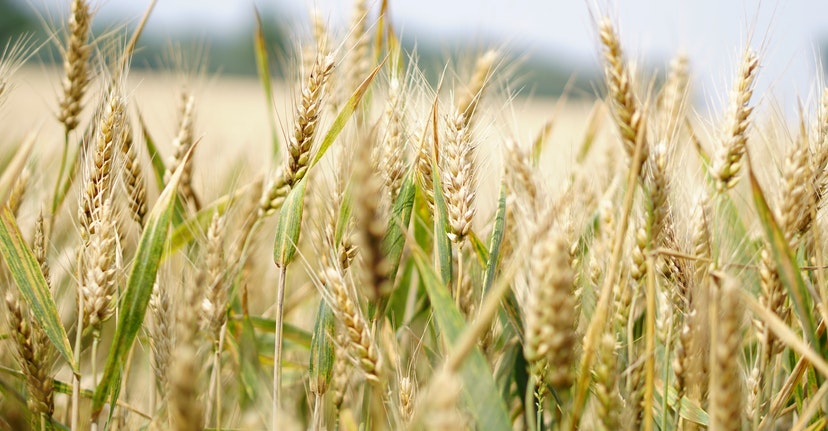Grain Prices Surge Amidst Higher Domestic and Foreign Demand
Rising Grain Prices Reverse Recent Trends
After an agricultural recession in recent years, corn, soybean, and wheat prices are currently surging. Dry weather and high demand from China have emptied American grain stockpiles, pushing grain prices up to their highest points since 2013.
Grain traders, equipment producers, and fertilizer makers are all reaping the rewards of the grain rush after several years when large harvests suppressed grain prices and kept farmers’ income low. Meanwhile, food and fuel producers are straining to pay rising corn and soybean prices. Analysts say that these patterns will likely have an impact on food prices for consumers as well.
Exports to China Drive Rally
According to US Agriculture Department predictions, corn, soybean, and wheat inventories could hit their lowest point in six years this year. That low inventory is a result of increased domestic consumer demand as the coronavirus pandemic drives more Americans to cook at home. It is also a direct result of China’s recent efforts to spur pork production and fulfill trade commitments to the United States.
Skeptics might say that a large harvest of soybeans and corn or a sudden slowdown in exports to China could drive grain prices lower again. Other analysts, however, say that if farmers are able to keep stockpile levels at a comfortable level, prices could remain high for the next two years. US farm income is forecast to surpass $119 billion in 2020, the second highest level on record, in nominal terms.
Gains Could Ripple Through Agriculture Space
Across the agricultural supply chain, businesses could profit from the surge in grain prices and farmers’ newly strong income streams. Wall Street has its eye on increased profits for Deere & Co (DE), as farmers may finally be able to purchase new tractors and other farm equipment they have long put off. As such, Deere has raised profit expectations for this year. Corteva Inc. (CTVA), a seed and pesticide supplier, could also benefit. Farmland values have also gotten a lift.
On the other hand, in the food production space, companies like Tyson Foods (TSN) and Pilgrim’s Pride (PPC) are facing rising feed costs. Economists say grain feed for livestock producers and poultry farmers could cost 27% more.
Please understand that this information provided is general in nature and shouldn’t be construed as a recommendation or solicitation of any products offered by SoFi’s affiliates and subsidiaries. In addition, this information is by no means meant to provide investment or financial advice, nor is it intended to serve as the basis for any investment decision or recommendation to buy or sell any asset. Keep in mind that investing involves risk, and past performance of an asset never guarantees future results or returns. It’s important for investors to consider their specific financial needs, goals, and risk profile before making an investment decision.
The information and analysis provided through hyperlinks to third party websites, while believed to be accurate, cannot be guaranteed by SoFi. These links are provided for informational purposes and should not be viewed as an endorsement. No brands or products mentioned are affiliated with SoFi, nor do they endorse or sponsor this content.
Communication of SoFi Wealth LLC an SEC Registered Investment Advisor
SoFi isn’t recommending and is not affiliated with the brands or companies displayed. Brands displayed neither endorse or sponsor this article. Third party trademarks and service marks referenced are property of their respective owners.
SOSS21012503



